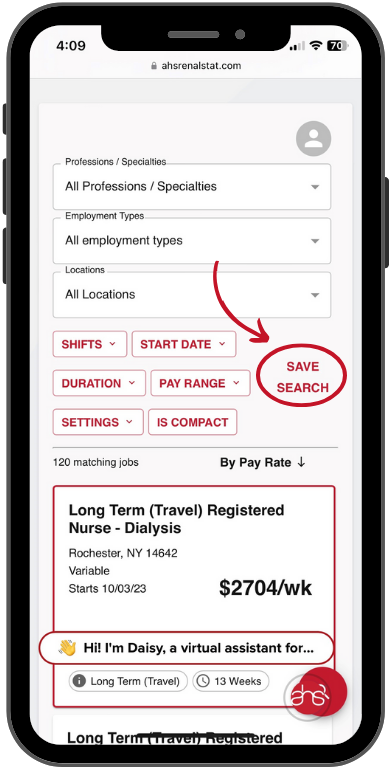A study published in the March issue of the American Journal of Kidney Diseases projects that the number of new cases of chronic kidney disease (pre-dialysis) will grow significantly through 2030. More than half the U.S. adults aged 30 to 64 years are likely to develop CKD.
For U.S. adults aged 30 to 49, 50 to 64, and 65 years or older with no CKD at baseline, the study showed that residual lifetime incidences of CKD are 54%, 52%, and 42%, respectively. The prevalence of CKD in adults 30 years or older is projected to increase from 13.2% currently to 14.4% in 2020 and 16.7% in 2030.
Treating kidney disease has become an expensive entitlement for the federal government. While employing various payment strategies over the last four decades to control costs, the number of patients in the ESRD Program has grown significantly. When the Nixon administration signed off on Medicare legislation establishing the program in 1972, it estimated a $35 million annual cost – and most of that would be recoup as people went back into the workforce.
That hasn’t exactly happened, and the cost of the program has mushroomed to around $16 billion a year. There is some justification for that – we suspect lawmakers in 1972 didn’t picture the more complicated patient that gets their kidneys cleansed today: those with diabetes, congestive heart failure, people arriving in the ER needing a temporary catheter and dialysis immediately. Half of the program’s costs are generated on the Part A side: hospitalizations.
The risk for CKD in this younger age group is significant, the authors note. “This compares to lifetime incidences of 12.5% for breast cancer in women, 33% to 38% for diabetes, and 90% for hypertension in middle-aged men and women.”
Among persons with CKD, stage 3a (considered moderate kidney disease) will be the most common stage at all points in time (5.5% today, 5.9% in 2020, and 8.1% in 2030) and account for the largest absolute increase in prevalence between current levels and 2030. Stages 2, 1, and 3b are the next most common. Estimates for stages 4 and 5 show relatively small changes over time. For adults 65 years or older, the prevalence of CKD is projected to decrease from 39.6% currently to 36.4% in 2020 before increasing to 37.8% in 2030. Among persons with CKD over 65 years old, stage 3a will remain the most common stage at all times (19.4% today, 18.1% in 2020, and 20.7% in 2030).
That may offer an opportunity to intercede and slow down the progression of kidney disease. We can do so much better work for patients while their kidneys are still functioning then when they cease to function.
Build it and they will come
Many dialysis providers have developed CKD clinics to do exactly that. There is some motivation; many of these patients will eventually need dialysis and providers alike to have nephrologists make those referrals. But what about expanding the ESRD Program, the federal entitlement, so that kidney treatment becomes a continuum of care for everyone. Diagnosed with Stage 3 kidney disease at 62 with no insurance? We are going to help you. Because in the long-term, everyone benefits: you the patient, Medicare, and caregivers.
Read more at: Nephrologynews.com
AHS RenalStat
A Leading Dialysis Staffing Agency
2014 Metro 50 Award Winner
877-309-3546
www.ahsrenalstat.com


